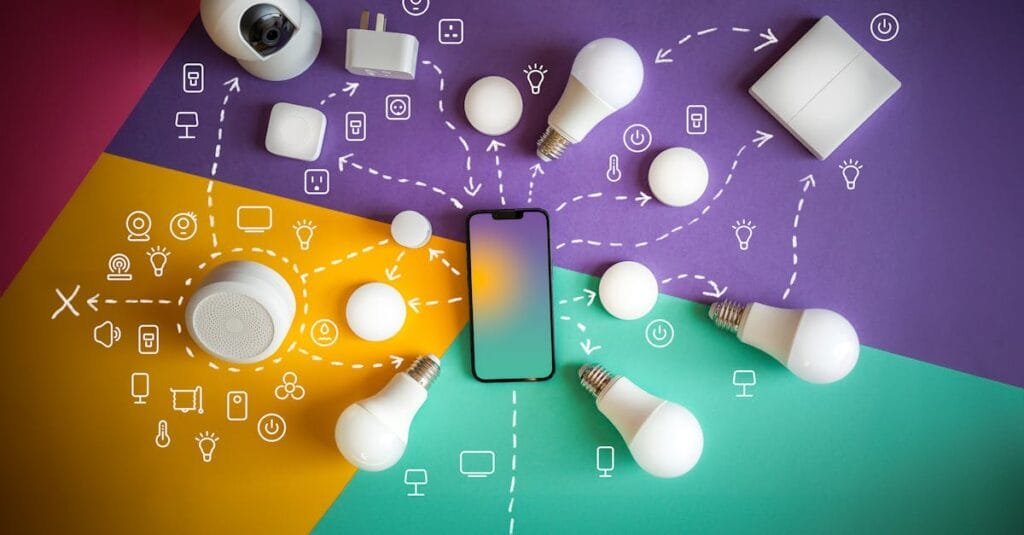Is your team struggling with inefficiencies in service delivery? Are you constantly grappling with how to enhance operational excellence and customer experience? You’re not alone. Many managers today face these pressing challenges.
But what if I told you there’s a game-changer in the mix? The Internet of Things (IoT) is here, and it’s not just a buzzword—it’s transforming how shared services operate.
Why IoT Matters Right Now
Let’s face it. In a world brimming with data, every second counts. With IoT, we’re talking about systems and devices that communicate in real time. Think smart devices, sensors, and interconnected systems, all sharing valuable insights instantly. Imagine having access to a wealth of data at your fingertips, enabling you to make decisions that optimize processes for your operations.
Here’s a simple thought: What if your systems could alert you to potential service disruptions before they happen?
The Impact of IoT on Service Delivery
Incorporating IoT can be a game-changer for managing workflows, service quality, and enhancing customer interactions. Here’s how:
- Real-Time Monitoring: Imagine knowing when a system is at risk of failure before it impacts a client. IoT devices constantly monitor processes, sending alerts to catch problems early. It saves time, stress, and costs in the long run.
- Enhanced Data Analysis: With IoT, we gather vast quantities of data. This allows us to analyze trends over time, leading to smarter decision-making. Use analytics to find out what services your clients appreciate most.
- Efficient Resource Allocation: IoT can improve resource management. If your facilities management system detects that a workspace is underutilized, you can move your resources accordingly.
- Increased Customer Engagement: IoT offers personalized experiences. By analyzing customer preferences and behaviors, you can tailor services that hit home. Think about how your competition is doing this—don’t let them take the lead!
Implementing IoT in Shared Services
Okay, so how do you get started with IoT? Here’s a step-by-step breakdown:
- Identify Your Needs: Pinpoint inefficiencies or gaps. Whether it’s slow service delivery or low customer satisfaction, knowing where you stand is crucial.
- Set Clear Goals: What do you want to achieve with IoT? More efficiency, fewer errors, enhanced customer experiences? Define what success looks like for your team.
- Choose the Right Technology: Not all IoT solutions are born equal. Evaluate different technologies and tools that align with your objectives.
- Engage Your Team: Get everyone onboard with the change. Involve your staff in the transition to ensure they’re equipped and excited about the benefits ahead.
- Monitor and Adjust: Implement the solution and watch closely. What’s working? What’s not? Use this feedback to refine processes continuously.
Real-World Examples of IoT in Action
Let’s shift gears and talk examples. Picture this situation: a team in a manufacturing firm faced regular downtime, leading to lost revenue. After integrating IoT solutions, they began real-time monitoring of machinery. The result? They detected irregular behaviors that hinted at failures before they happened. Downtime decreased significantly and so did repair costs.
Another example is in the logistics world. Companies are using IoT to track shipments. Sensors relay information about the condition of goods during transit, allowing businesses to prevent spoilage or damage. This kind of transparency builds trust with customers, ultimately enhancing the overall experience.
Challenges and Considerations
Now, isn’t it all sunshine and rainbows? Not quite. Implementing IoT can come with hurdles:
- Investment Costs: Initial setup can be pricey. But think of it as an investment in future efficiency.
- Data Security: More devices mean more data breaches. It’s crucial to invest in robust cybersecurity measures.
- The Learning Curve: Not all team members will be tech-savvy. Continuous training is essential to help your team adapt.
The Road Ahead
Integrating IoT into your service delivery isn’t a magic bullet, but it does open doors to innovation and streamlined processes. As a manager, being open to these technological advancements can keep your operations agile and your team motivated.
Remember, it’s not just about the tech—it’s about transforming your approach to shared services. Your success hinges not only on adopting these innovations but also on how effectively you implement and adapt them to your unique environment.
Final Thoughts
Feeling overwhelmed? You’re not alone. Each step toward integrating IoT is a leap into the future of optimal service delivery.
For more insights and real-world experiences, check out THEGBSEDGE blog. It’s a treasure trove filled with valuable content on shared services transformation, innovation, and leadership.
Let’s revolutionize service delivery together—the IoT advantage is right at your fingertips!


